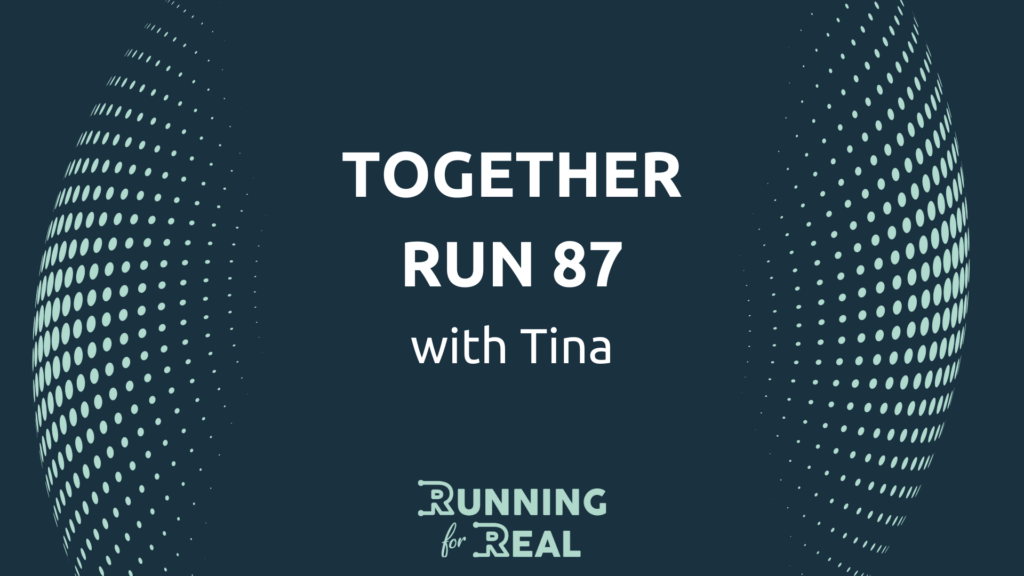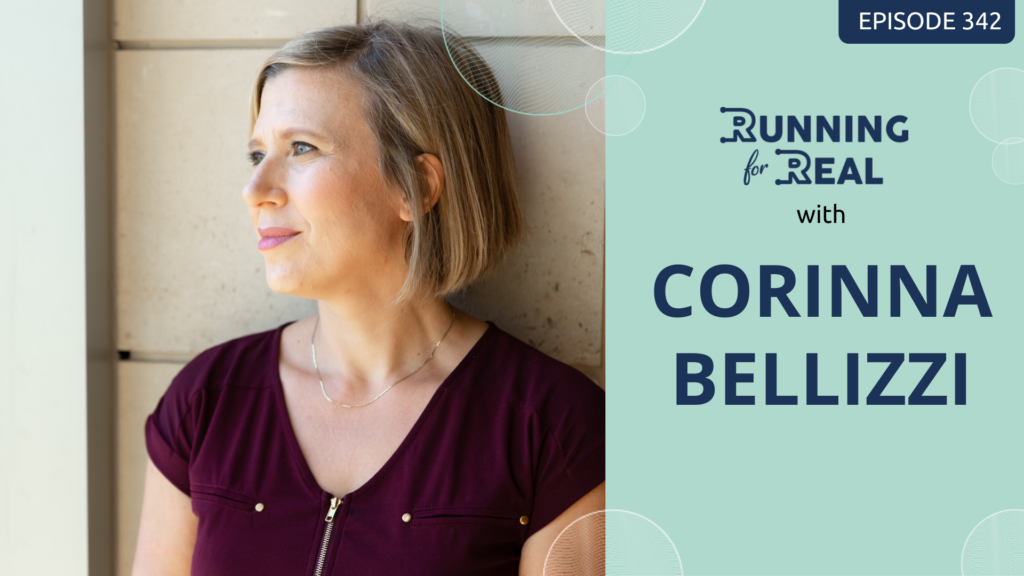Recognizing and Living with Anxiety
Anxiety disorders are the most commonly treated psychiatric disorder, even more so than depression or addiction. Understanding what anxiety is, who is affected by it, how it affects them and appropriate responses is therefore helpful whether you live with anxiety or someone close to you does.
Running and anxiety can have a relationship in both positive and negative ways. Running is often a healthy habit that calms our mood, strengthens our heart, and gives us confidence in completing difficult tasks.
Occasionally, running is a source of anxiety. Like other exercise or eating habits, it can become an obsessive hobby. Without proper introspection, it can be more of a crutch than a help.
Today we interviewed Ken Johnson, a psychiatrist and a Chairman of the Department of Psychiatry in Milwaukee, Wisconsin. As a long-time runner and passionate doctor, Ken was well equipped to answer some of the questions below to help us understand anxiety more fully.
What is Anxiety?
As part of the human experience, we all encounter anxiety. Doing things we don’t normally do often make us anxious, such as speaking in front of others, traveling to new places, or competing in sporting events.
Anxiety becomes a disorder once it impedes normal life. If you find yourself feeling scared, obsessive or nervous frequently, you may be dealing with an anxiety disorder. However, it is completely normal to feel these emotions and not have an anxiety disorder.
How do I Know if I Have Anxiety?
Common physical responses for those with anxiety include increased sweating or gastrointestinal (GI) problems. Other determinants include being unable to do your job, being afraid to go to work, not being in tune with your environment (often made known by comments from friends and family members), or having repeating thoughts or actions such as wondering if you turned off the oven.
What Types of Anxiety Exist?
To know if you have anxiety, it can be helpful to understand the types of anxiety disorders that exist. Anxiety disorders are occasionally categorized or defined differently, so contacting your doctor is the surest way to learn more about current descriptions and treatments. These are just a few of the more common anxiety disorders.
OCD (Obsessive Compulsive Disorder): Those with OCD can have a particular action or thought that is repeated constantly. Common symptoms are obsessive cleaning or making sure doors are locked.
Social Anxiety Disorder: Anxiety that only presents itself when you are with other people. This is typically heightened by larger groups of people, or people you don’t know well.
Generalized Anxiety Disorder: This type of anxiety happens regularly, without regard to current location or circumstances.
Who Should I go to for Help With my Anxiety?
Dr. Johnson recommends one of two people that can help you get set up with a professional. If you know a friend that sees a therapist, ask them their opinion of their therapist. If they recommended him or her, it may be a good fit for you too. Another great resource is your primary doctor. Your doctor should have a handful recommendations. Be open with him or her about how you are feeling.
How Long Should I See a Therapist?
See a therapist for two to three sessions at a minimum before deciding if the therapy is helpful to you. This is probably a good amount of time to see a therapist before deciding if they are a good fit as well.
How Important is Finding the Right Therapist?
Studies have shown that working with “the right” therapist is more important than the therapist’s training or the types of therapy. It may take effort on your part to find a therapist that fits your personality, but it is well worth it.
Talking With Someone Who Has Anxiety
First and foremost, avoid criticism. Approach every interaction with that person with compassion. When you suggest getting help, doing so out of love instead of criticism should help you find the right words. The depth of your relationship should also determine how often you bring up the subject. If you aren’t more than an acquaintance, simple positive support can be your role.
Anxiety in a Modern World
We live in a fast-paced world that is full of comparison and demands on our time. Being aware of our thoughts and actions is one of the simplest ways to help ourselves. Take time to ponder, away from media and distractions. We will always have times when we experience anxiety, but as we learn to recognize when or why it is happening, we don’t have to succumb to its pressure. Like a cloud, we can see it and then chose to focus on it or let it go by.
Listen to the Running for Real Podcast here:
[podcast src=”https://html5-player.libsyn.com/embed/episode/id/11028584/height-orig/90/theme/custom/thumbnail/yes/direction/forward/height/90″ height=”90″ width=”100%” placement=”bottom” theme=”custom”]Apple (iTunes) Podcast | Sticher | Castbox | Overcast | Spotify | Google Play | iHeartradio |
For these little series of episodes I am not having sponsors because I want you to just get this information and concentrate on that because it is GOOD information. I want people to be able to feel loved, seen, and heard with these episodes. All I ask is that if you feel so cheeky to start supporting me on Patreon, it would be able to help me a lot! You get access to bonus interviews and upcoming guests, to where you could ask them a question.
Thank you SO much!!
Thanks for Listening! I hope you enjoyed today’s episode.
To share your thoughts:
Leave a note in the comment section below.
Join the Running for Real Facebook Group and share your thoughts on the episode (or future guests you would like to hear from)
Share this show on Twitter, Facebook, Instagram, or Pinterest.
To help out the show:
Leave an honest review on iTunes. Your ratings and reviews will really help me climb up the iTunes rankings and I promise, I read every single one.
Not sure how to leave a review or subscribe, you can find out here.
Thank you to Ken, I look forward to hearing your thoughts on the show.



